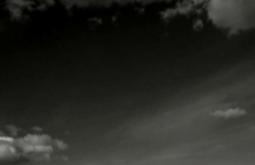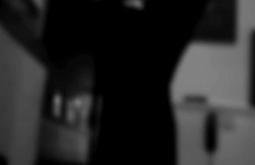"There is a consistent tension between the reading of what is seen on the screen as an identifiable landscape (it is the Canterbury plains, but you’d have to have been before there to know it; sometimes there are glimpses which are reminiscent of the suppressed gold of a Woollaston painting) and as an abstract image in which the markers are purely formal...Sustained for almost an hour, the image changes slowly, but it does change, moving across a spectrum from full gold to darkness. It becomes apparent that the evening is lengthening, but this realisation comes slowly too; it’s as if the camera aspires to maintain step with the glowing, departing light, so that it will perhaps never actually get dark".




